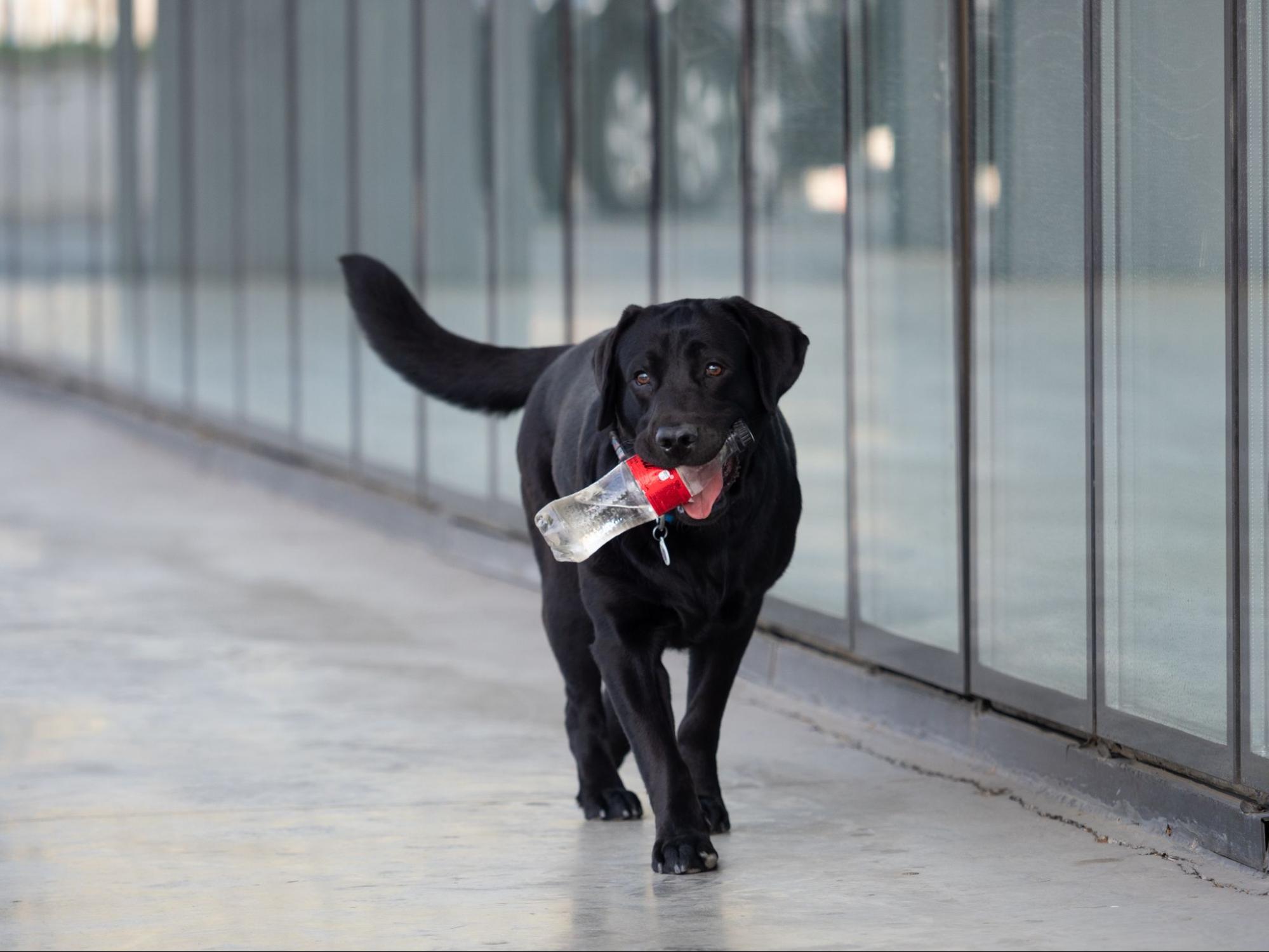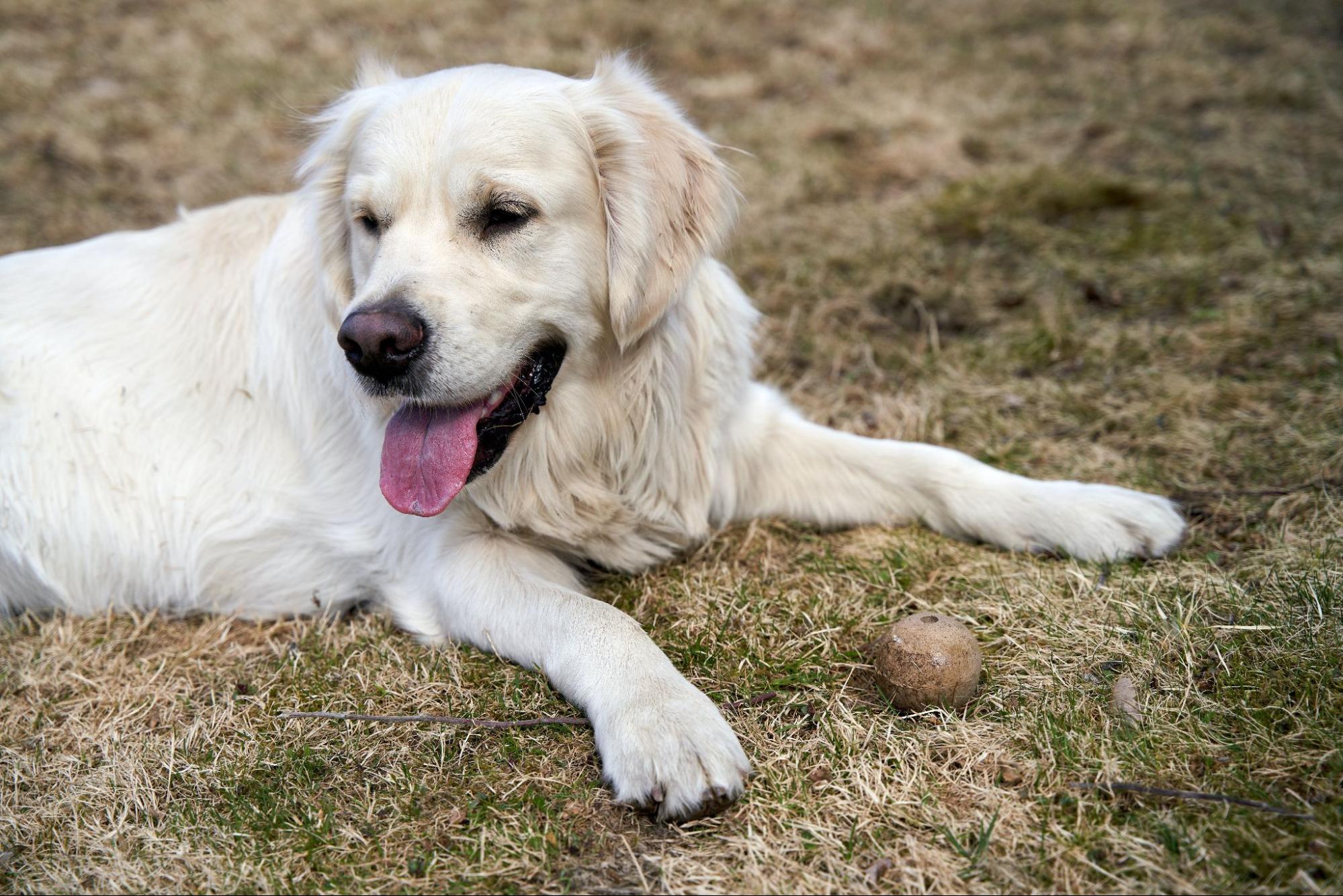
How to Train a Blind Dog
Training a blind dog, such as a Labrador, requires patience, understanding, and a unique approach. While it may seem daunting at first, with the right techniques and consistent practice, you can help your furry friend navigate the world confidently. In this article, I’ll share some valuable insights on how to train a blind dog effectively.
Firstly, establishing a safe and predictable environment is key. Ensure that your home is free from obstacles or hazards that could potentially harm your blind Labrador. Use rugs or textured mats to create tactile cues for different areas of the house. By doing so, you can help your dog develop spatial awareness and learn to navigate their surroundings more easily.
Next, focus on building trust through positive reinforcement training methods. Use treats or clicker training to reward desired behaviours such as sitting or staying on command. Verbal cues will be important in guiding your blind dog’s actions. Consistency is crucial here; always use the same words for specific commands and tasks.
Additionally, consider incorporating scent-based training into your routine. Dogs have an incredible sense of smell which they rely on heavily when navigating the world. Introduce scents associated with certain objects or locations during training sessions to help your Labrador associate smells with specific actions or destinations.
Remember that every blind dog is unique and may require individualised approaches based on their personality and abilities. Be patient and flexible in adapting your training techniques accordingly.
In conclusion, by creating a safe environment, using positive reinforcement methods, incorporating scent-based training, and being patient and adaptable in your approach, you can effectively train a blind Labrador retriever or any other visually impaired canine companion.

Choosing the Right Training Techniques
When it comes to training a blind dog, there are some specific techniques that can be particularly helpful. As an expert in dog training, I’ll share with you some key strategies to consider when working with your blind Labrador or any other visually impaired canine companion.
- Positive Reinforcement: One of the most effective methods for training a blind dog is through positive reinforcement. This involves rewarding your pup with treats, praise, and affection whenever they exhibit desired behaviours. By associating these rewards with their actions, your furry friend will be motivated to repeat them.
- Verbal Cues and Touch: Since visual cues may not be as useful for a blind dog, rely on verbal cues and touch instead. Use consistent verbal commands such as “sit,” “stay,” or “come” paired with gentle physical guidance or touch to help your dog understand what you want them to do.
- Scent Training: Dogs have an amazing sense of smell, which can be leveraged for training purposes. Consider using scented markers or essential oils on objects or locations that you want your blind dog to recognize and navigate towards. For example, by placing a scented marker near their bed or food bowl, they can easily locate these important areas.
- Create a Safe Environment: Ensure that your home environment is safe and comfortable for your blind pup by removing any potential obstacles or hazards that could cause accidents or injuries. A clutter-free space will make it easier for them to move around confidently.
- Consistency is Key: Consistency in training methods and routines is crucial when working with a visually impaired dog. Establish set patterns for daily activities like feeding times, walks, and play sessions so that they can anticipate what’s coming next.
Remember that every dog is unique, so it’s important to observe their individual needs and adapt your training approach accordingly.